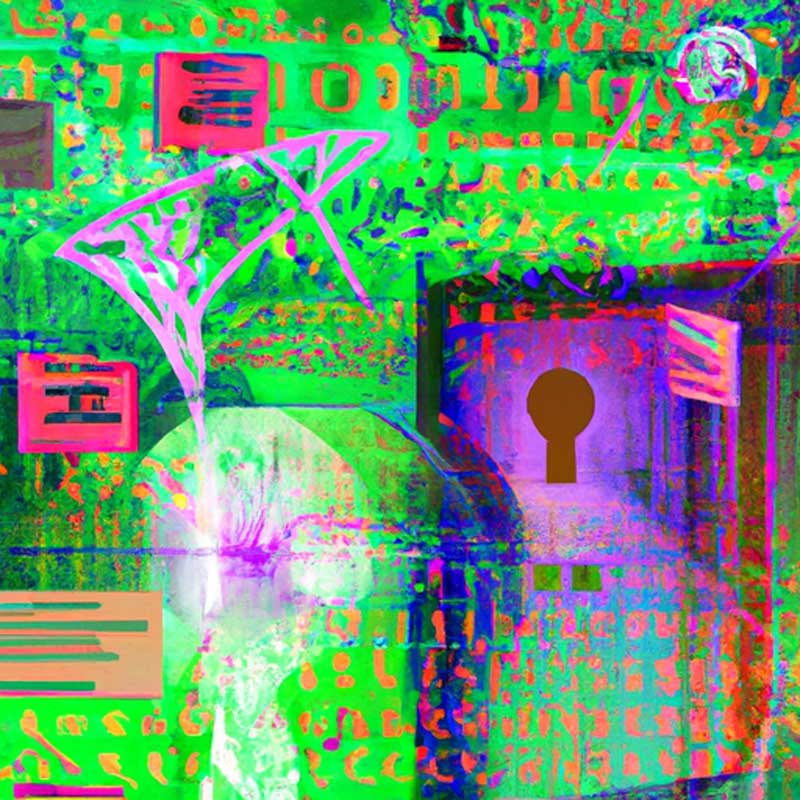Key Points:
- Artificial Intelligence (AI) is becoming so integrated in everyday technology it is essentially disappearing from view.
- The role of AI in future technology is predicted to be “invisible” yet fundamental, like the operating systems of desktop computers or the cloud.
Artificial Intelligence (AI) is expected to gradually “vanish” from our consciousness in 2024 due to its increased pervasiveness. AI is increasingly becoming integrated in everyday technology, to the point it is becoming an invisible and fundamental part of applications, much like the role of desktop operating systems or the cloud.
Currently, only 4% of businesses actively use AI. However, analysis from NBC predicts that most businesses will not work directly with AI technologies. Instead, they will use applications built on top of it that appear familiar and accessible, essentially making AI invisible to end users.
AI is so embedded that it has become a normal, unremarkable part of user interaction with technology. It is already part of many aspects of daily life, operating behind the scenes in areas such as email spam filters, streaming service recommendations, smartphone predictive text and autocorrect, credit scoring, banking fraud detection, personalized advertising, and smart home devices.
The “invisibility” of AI is not limited to its use in daily life. Within enterprise, AI has already been embedded into core technologies and this integration is only accelerating. It is expected that AI will be woven into every aspect of every organization and become a foundational component of every adopted technology.
AI technologies also play a key role in predictive maintenance in labs, restaurants and factories as well as managing carbon emissions in commercial buildings. Most products and systems that currently require attention will eventually be discovered and governed by AI systems.
However, as these technologies continue to mature, the value of AI as a selling point may diminish. Machine learning and AI capabilities are already leveraged in many tools used in workplaces without second thought. The future of AI is predicted to be both highly visible via marketing and advertising as a part of the hype cycle, but also invisible as it will be embedded into daily lives.
A key aspect of AI’s invisibility will be the ease by which end users can utilize it for their day-to-day projects without having to explicitly interact with the AI components. AI technologies need to operate effectively and efficiently in the background for their users. This has led to a revolution in user experience with automated systems, reducing the need to talk about “good UX” and simply adopting and using it.
